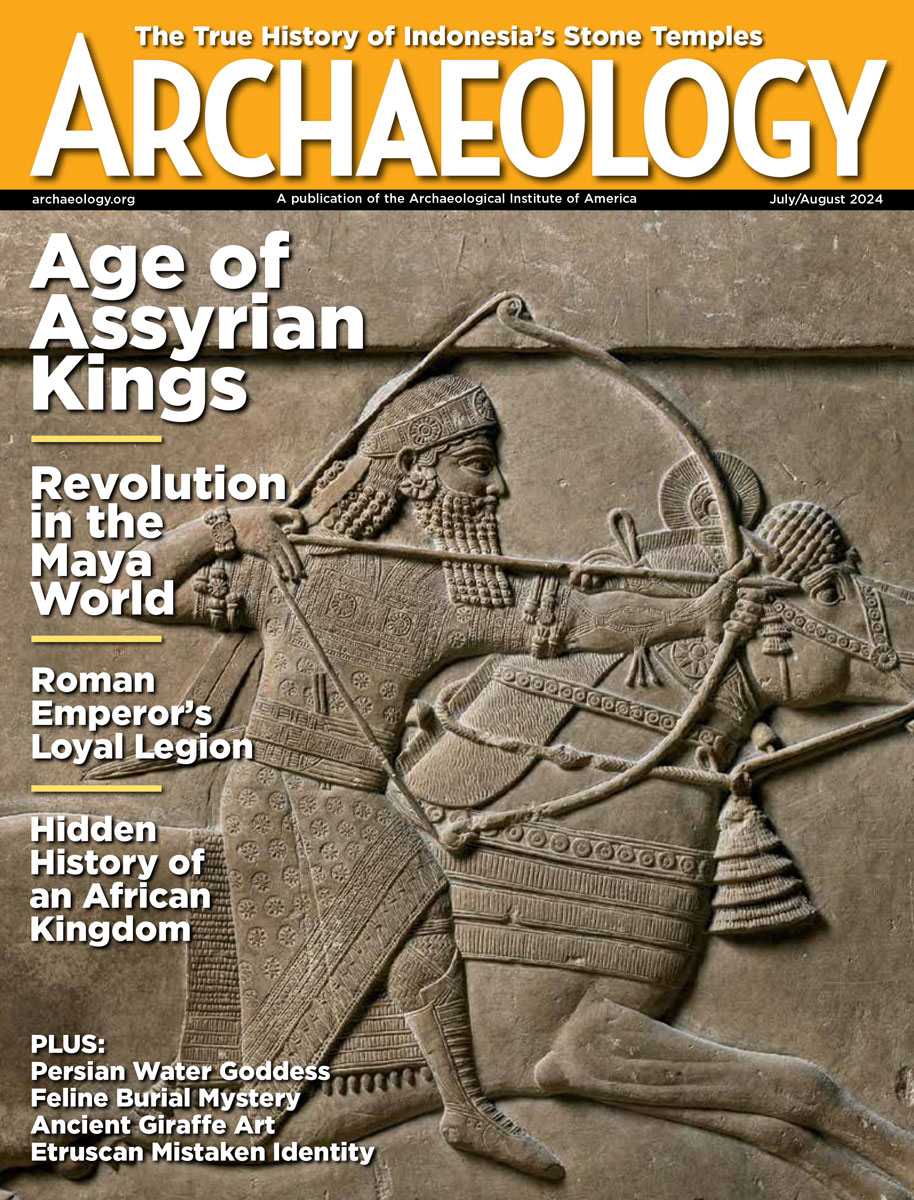Thursday, March 1
March 1, 2012
Mimi Lam of the University of British Columbia thinks that Acheulean hand axes, which had a standard shape, may have been an exchangeable commodity among early humans.
A new book by Dennis Stanford of the Smithsonian Institution and Bruce Bradley of the University of Exeter has people talking about the peopling of the Americas. Could Stone Age Europeans, known as the Solutreans, have traveled across the Atlantic Ocean to reach the eastern coast of North America? “Anyone advancing a radically different hypothesis must be willing to take his licks from skeptics,†commented Gary Haynes of the University of Nevada, Reno.
An examination of 13,000-year-old animal bones held at Ohio’s Firelands Historical Society Museum found cut marks thought to have been made by humans. “The significant age of the remains makes them the oldest evidence of prehistoric human activity in Ohio,†said Brian Redmond of The Cleveland Museum of Natural History.
Turkey’s Ministry of Culture has blocked loans to the Metropolitan Museum of Art in New York City and the British Museum and the Victoria and Albert Museum in London because the institutions have disputed antiquities in their collections.
- Comments Off on Thursday, March 1
Wednesday, February 29
February 29, 2012
In 2007, a gilded bronze helmet estimated to be 2,600 years old was dredged up from the waters of Haifa Bay in Israel. The helmet may have been worn by a Greek mercenary serving an Egyptian pharaoh.  “We are planning to go back to the same site to try to locate other (archaeological) material there,†said Jacob Sharvit, director of the Marine Archaeology Unit of the Israel Antiquities Authority.
Tamara Estupinan of the French Institute for Andean Studies thinks that an archaeological site in Ecuador could contain the tomb of Atahualpa, the last emperor of the Incas.
Last year, Sotheby’s withdrew a 1,000-year-old sandstone statue from auction because Cambodian officials claimed it had been illegally removed from the site of Koh Ker during the rule of the Khmer Rouge in the 1970s. Cambodia nationalized its cultural heritage in 1993, and is now working to negotiate a private sale of the statue in order to recover it.
Were Neanderthals skilled sailors? A new study by George Ferentinos of the University of Patras suggests that at the time of the Neanderthals, the Greek islands of Lefkada, Kefalonia, and Zakynthos were indeed surrounded by deep water. Tools usually associated with Neanderthals have been found on the three islands and mainland Greece.
Students from Western Oregon and Willamette universities were honored by the Oregon Parks and Recreation Department for their efforts to save artifacts from two flooded museums. “The flood is an important reminder for all museums, libraries, archives, and heritage sites in the state about the need to have plans for responding to emergencies,†said Kyle Jansson of the Oregon heritage Commission.
- Comments Off on Wednesday, February 29









